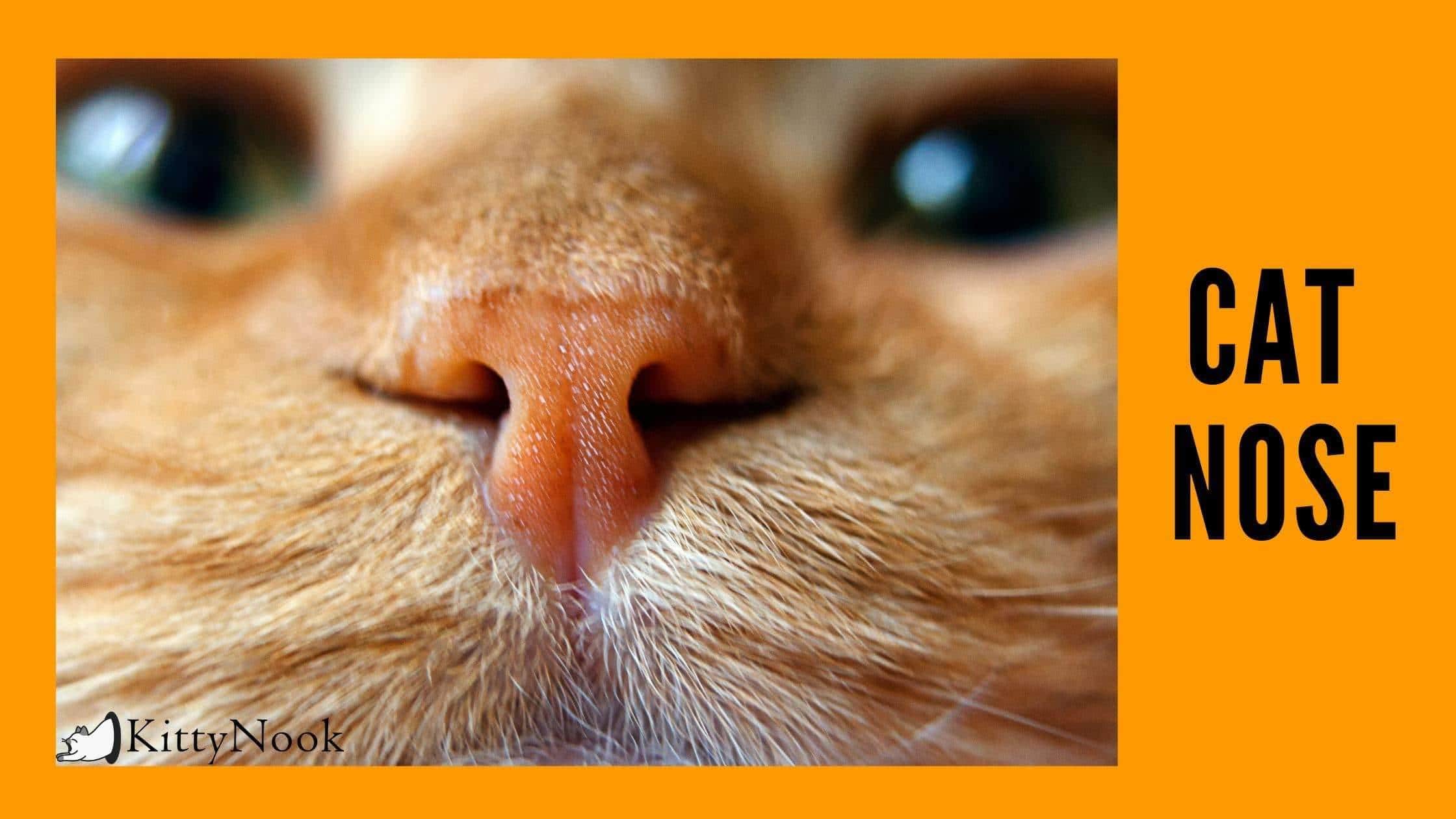Over the years, I have seen numerous pets whose owners were stressed over their cat's noses. One of the more typical issues that lead cat owners to seek their pets' veterinary insight is a completely dry nose. Most believe that felines' noses must be exceptional and moist at all times. Indeed, a lot of pet cats do have cold, damp noses. A completely dry pet cat nose may take place if a cat is dehydrated or suffering from a fever—or a dry feline nose could not be problematic at all.
So, although there is a loose relationship between a wet nose and health, some completely healthy felines have warm, dry noses. Although it may be true that a dry pet cat nose might be correlated with high temperature or dehydration, the nose is not the best way to evaluate these things. There is only one accurate way to assess for fever: taking a rectal temperature. (Ear thermometers exist for cats. Unfortunately, as per my experience, they are not reliably accurate.) The most effective ways to evaluate for a dehydrated cat are to assess skin turgor (elasticity) and assess the saliva's thickness in the mouth.

Dry cat nose—should you be concerned and when?
If your cat's nose is ordinarily warm and dry, it's doubtful that there's anything to worry about. However, if your cat's nose is naturally cool and moist, and then suddenly is warm and dry, your cat may be suffering from fever or is dehydrated (or both—fever almost always leads to dehydration in cats). Or not. The nature of cats' nasal secretions can also fluctuate or even permanently change over time.
If you are concerned about your cat's dry nose, the best thing is to have a vet check. You can always take their temperature at home (their average temperature ranges between 100.0 to 102.5 degrees Fahrenheit).
If you know what you're doing, you definitely can competently assess your cat for dehydration. Most people don't have the experience to evaluate for dehydration correctly, and most people are iffy about inserting a thermometer into their cat's bum. It may then be wise to remember that both dehydration and fever generally cause cats to feel sick. Lethargy and poor appetite are widespread with either.
Any cat with a dry nose that seems sick is lethargic and has a poor appetite should immediately see a vet, as should any cat with those symptoms, even when their noses are wet. It's the lethargy, poor appetite, and illness symptoms of a more significant concern than whatever is happening with the nose.
A wet cat nose is more concerning than a dry cat nose!
A dry cat nose doesn't always mean a lot to cats; the opposite is true. A wet nose often does mean that something is wrong. A damp or a runny cat nose is a frequent symptom of upper respiratory infections (URIs) in cats.
URIs have two most common causes: a herpes virus and a Chlamydia bacteria. They sound like sexually transmitted diseases, but they aren't. Both of these organisms are ubiquitous. Almost every cat on earth will be exposed to feline herpes (also called rhinotracheitis) in their lifetime. Similar to the common cold virus in humans, herpes infections in cats are lifelong and sporadic outbreaks. It is then safe to say that solitary indoor cats may suffer from intermittent URIs as much.
Is a wet nose always a sign of a URI in cats?
If your cat's nose is damper than average, he may have URI. However, if other symptoms are not present, it's not needed to rush them immediately to the vet, but watch them closely for any developing signs.
How about color changes on cat noses?
Cat nose color changes happen in cats. Most frequently, it happens in so-called ginger cats, also known as orange tabbies. These feline redheads are prone to developing freckles on their noses, gums, lips, ears, and eyelids. Although the condition has a scary sounding medical name (lentigo simplex), it is benign. Nose freckles are very common in orange cats, and they tend to accumulate as our cats age. Unlike solar-induced human freckles, however, they seldom convert to cancerous lesions.
Cat noses might also slightly change color from time to time—which usually isn't a cause for concern, either.





















